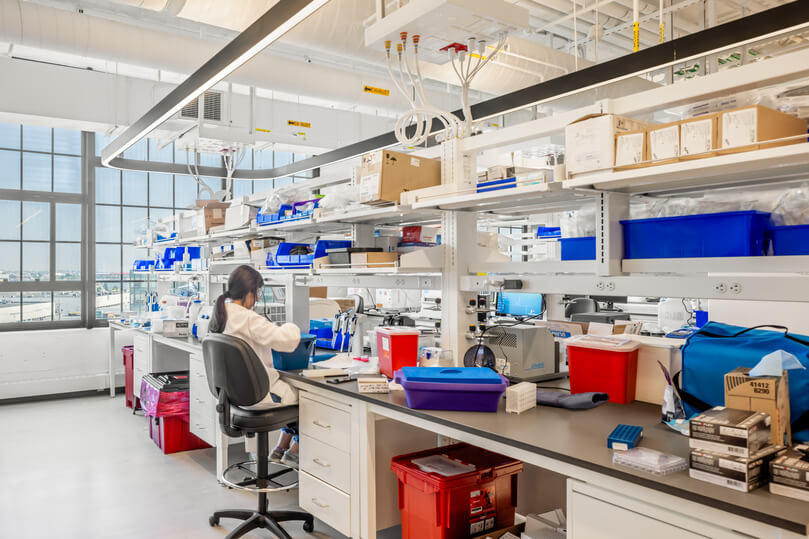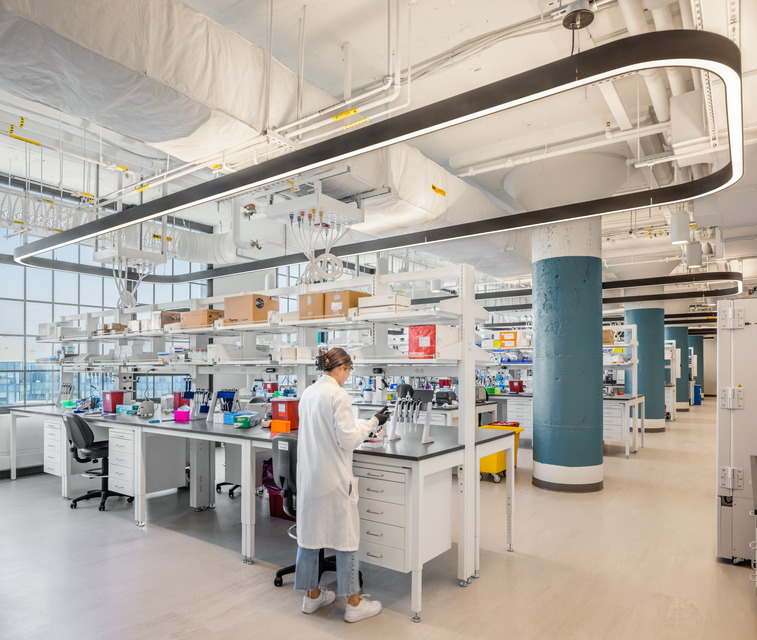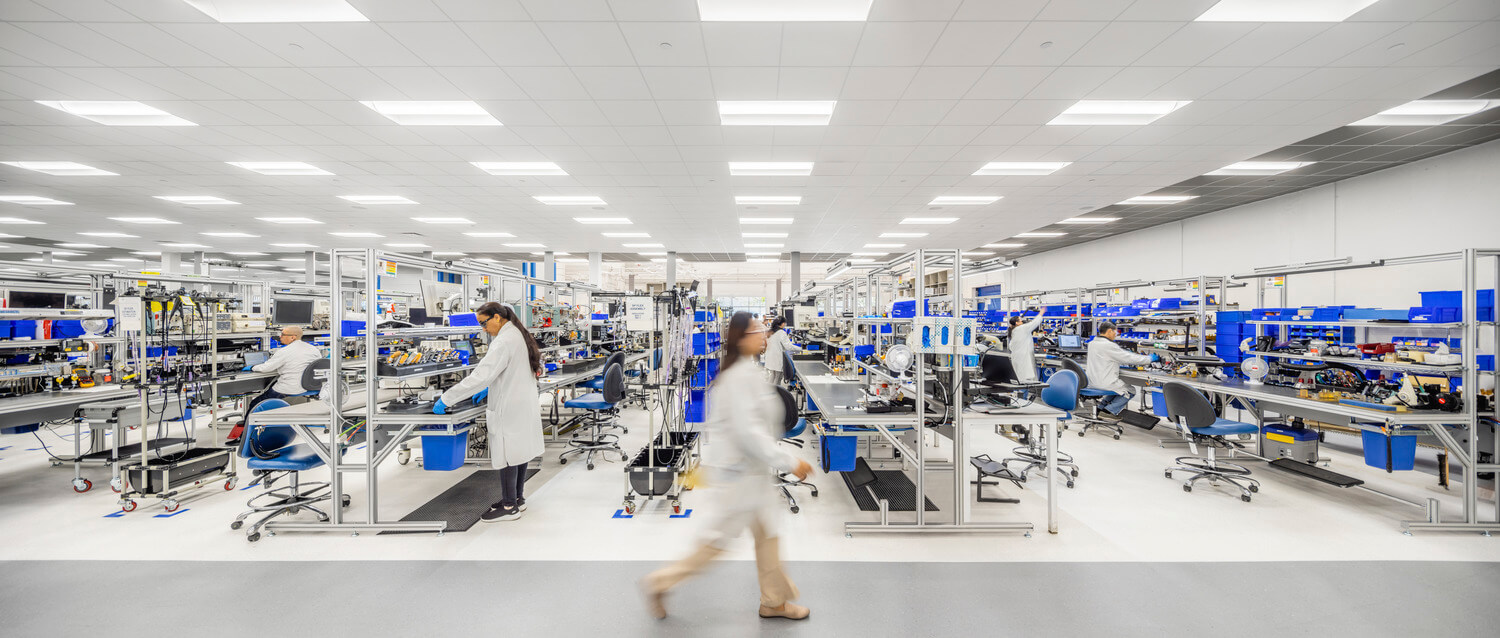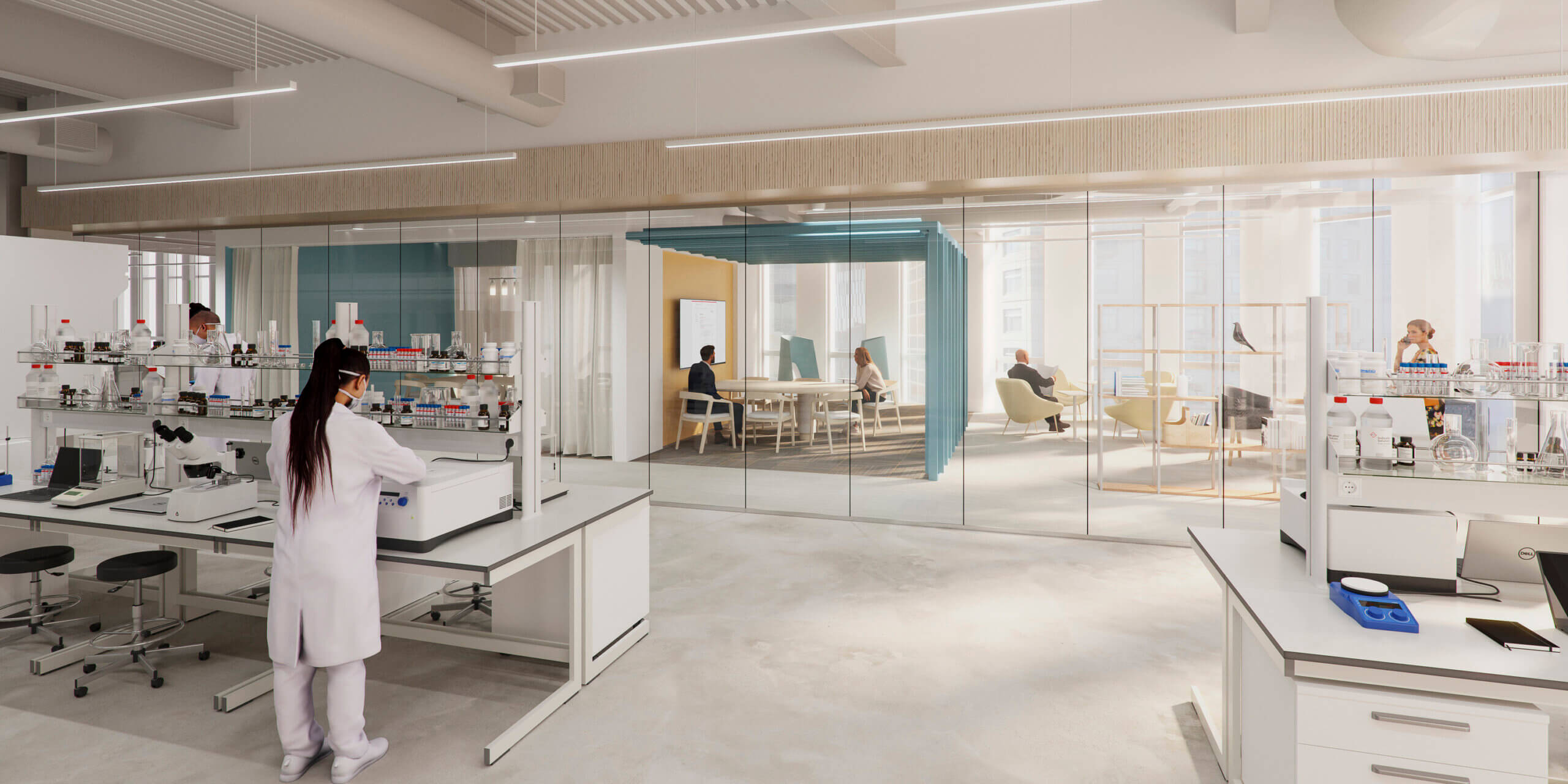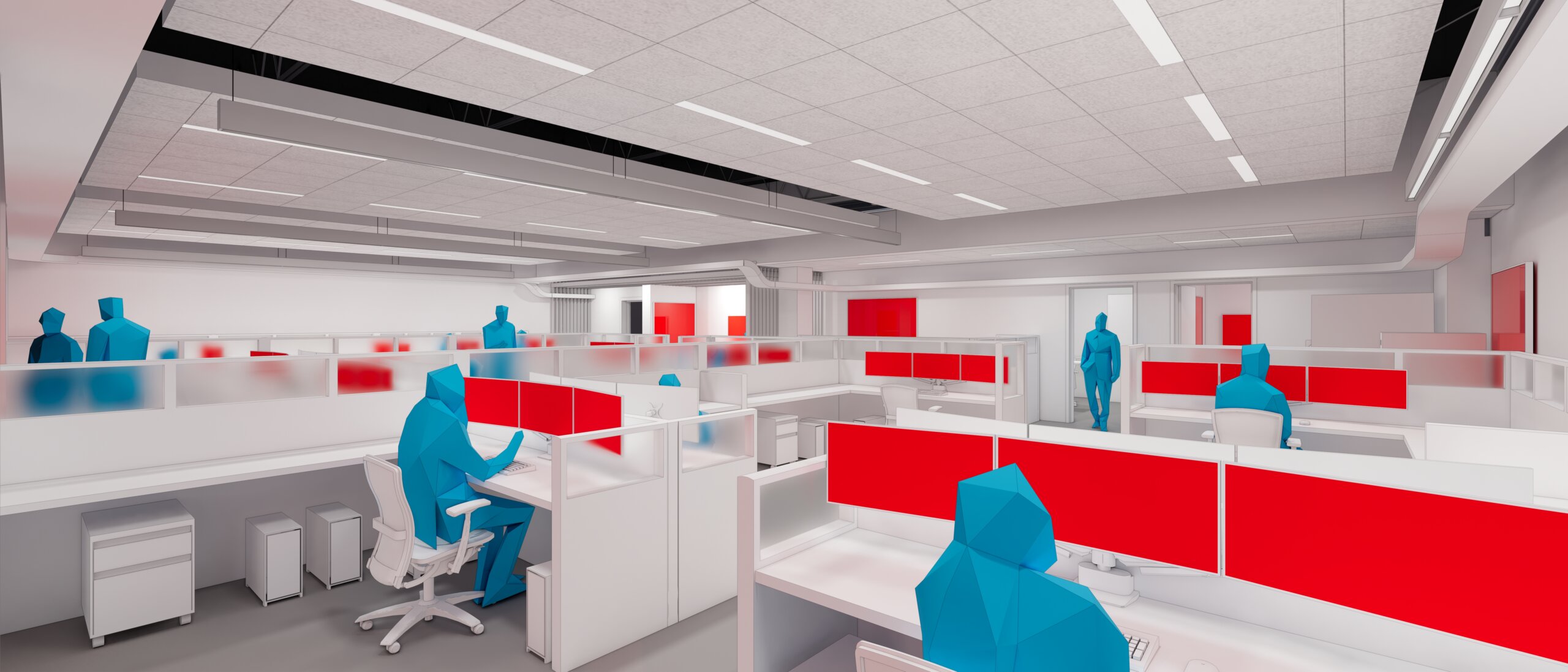SmartLabs
View Project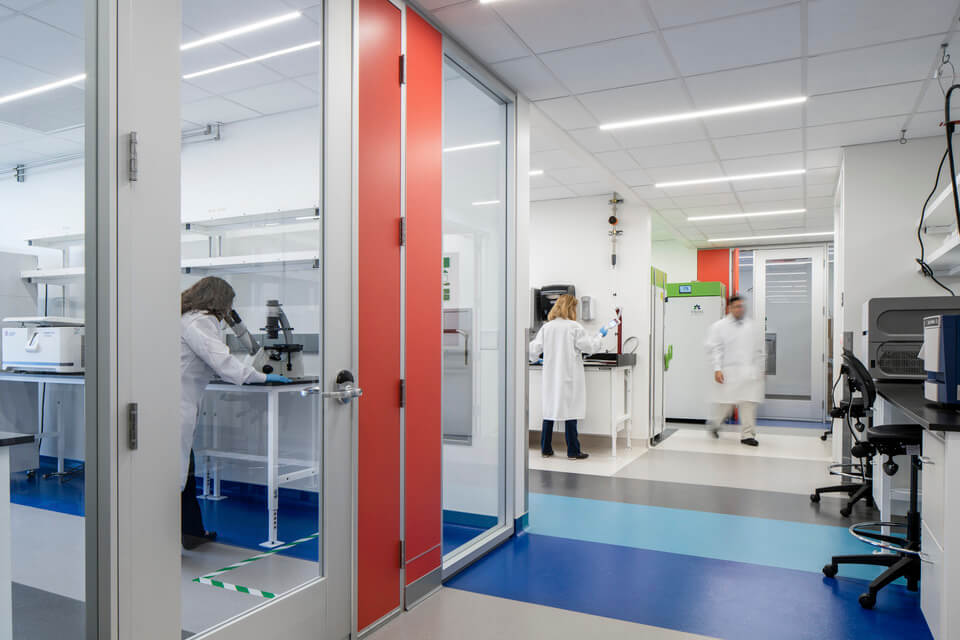
Designing labs used to be a highly compartmentalized process.
At the outset of a project, the client’s in-house facilities team would do most of the vital lab planning work: figuring out the tenant’s program, compiling the chemical quantities, gathering lab equipment lists, and more.
Only then would lab architects and planners be brought in, commissioned through a Request for Proposal (RFP). By this stage, the architect’s scope was limited to the architectural and MEP design of the space—after all, most of the equipment planning and lab programming had already been done.
Today, lab architects and planners enjoy far more responsibility. We are trusted by our clients to get involved in the lab planning process at a much earlier stage. And as more companies outsource their facilities teams, our scope has expanded to include most of the due diligence work too.
Life science companies and developers see the value of hiring a design team that offers both lab planning expertise and knowledge of lab users’ scientific work.
Lab architects’ previous scope:
- Design test fits
- Perform lab design visioning – “What will it look like?”
- Help establish the mechanical scope and project cost
- Assess the building’s capacity
- Perform site assessments
Lab architects’ new scope (in addition to previous):
- Compile and verify Maximum Allowable Quantities (MAQs)
- Formulate the program
- Survey and catalog equipment
- Elevate our understanding of the science
- Propose locations of all the lab equipment
- Advise space customization for program
How a culture shift improved our lab design work
This greater scope has coincided with a much-needed culture shift in the lab design industry. Scientists and lab designers were once separated by a communications barrier—a result of our differing educations. Working to generic lab design solutions, architects often designed labs in a rigid way, as if building a Lego set.
This culture was acceptable in an era when our design scope was limited. Lab architects and planners would simply create a framework where a tenant could set up the labs in their own way.
But in today’s world, lab users must have a say in how this framework is developed. This is because the life science market is heading in a new direction. Lab work is becoming ever more complex, and the old model of design firms delivering generic spaces and benches is in decline.
At SMMA, our current lab projects are ultra-specific to each client and space. In turn, we design complex, equipment-driven labs that provide users with better flow and usability—things that just don’t fit into a “standard” lab.
Fortunately, lab architects and planners are now making serious efforts to understand and empathize with scientists and lab users. SMMA’s lab designers are getting involved in educational programs run by organizations such as My Green Lab, I2SL, and the Harvard School of Public Health. This kind of learning helps break down the old language barrier between architects and scientists. It also means we are better able to guide lab users through the design process and propose solutions tailored to their workflow.
SmartLabs at 6 Tide Street
View Project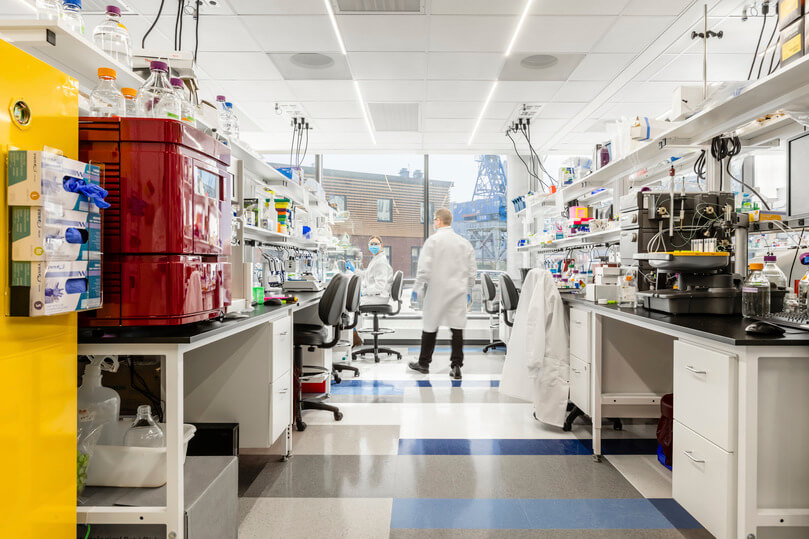
Greater scope calls for greater knowledge.
While the lab design profession has become more empathetic toward scientists, empathy only takes us half-way. As lab architects and planners, we must continue to elevate our understanding of the science to design labs that meet the operational needs of end users.
